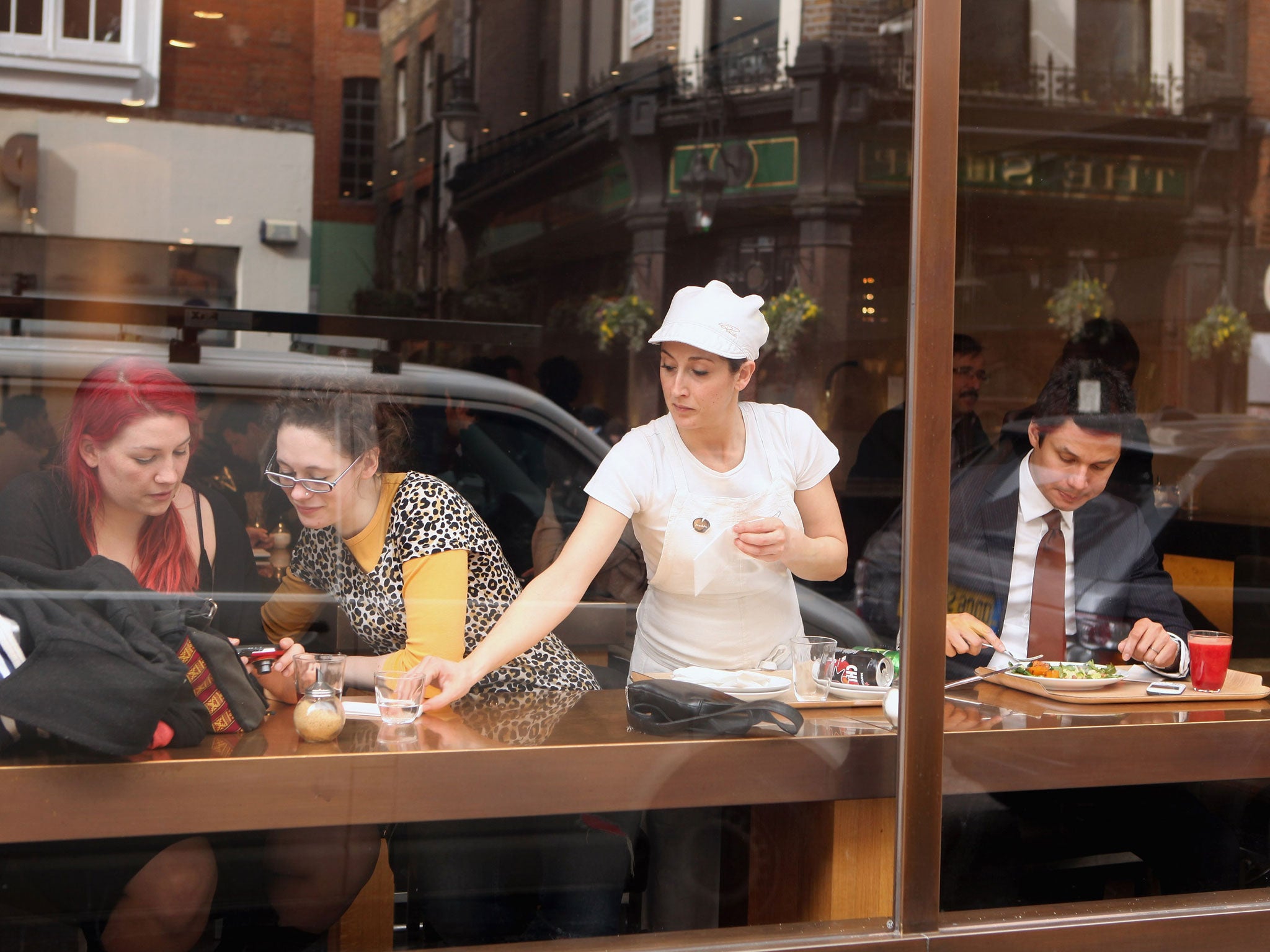US economy creates more jobs than expected in June
Non-farm payrolls rose 220,000 in the month, better than the 179,000 that economists had expected

A larger number of jobs than expected were created in the American economy in June, according to the latest official data.
The Bureau of Labour Statistics reported that non-farm payrolls rose 220,000 in the month, better than the 179,000 that economists had expected and the quickest pace of hiring since February.
The figure for May was also revised up from 138,000 to 152,000 and the April figure from 174,000 to 207,000, reinforcing the impression of a rapidly expanding jobs market in the world's largest economy.
However, the US unemployment rate ticked higher to 4.4 per cent, from 4.3 per cent previously, and earnings were up only 2.5 per cent year on year, slightly lower than expected.
The BLS said employment in food services continued on an upward trend in June, rising by 29,000.
Healthcare added 37,000 jobs and businesses services 35,000.
The dollar was flat in response to the data, suggesting traders were divided about its implications for the Federal Reserve's monetary policy tightening cycle.
Fastest since February
But some analysts said the central bank was likely to increase the pace of stimulus withdrawal.
"With unemployment so low and labour markets becoming tight, job creation is a challenge so growth is a positive sign for the US economy," said Kully Samra, UK managing director at Charles Schwab
"With only one more rate hike expected this year, investors should turn their attention to the Fed, which will soon attempt to shrink its behemoth $4.5 trillion balance sheet."
"Strong jobs growth should eventually translate into higher wages, but it is taking time to do so. The Fed remains confident it will come, suggesting gradual hikes will continue, but the market continues to have doubts," said James Knightley, economist at ING.
The Federal Reserve raised rates by a further 0.25 per cent last month to 1-1.25 per cent.
Its latest forecasts indicate one more rate hike in 2017 and a further three in 2018. The Fed, chaired by Janet Yellen, also said after that meeting that it was preparing to start reducing its balance sheet later in 2017, although it didn't give a specific date.
The current labour force participation rate in the US is 62.8 per cent, well down on its pre-2008 level, when it was as high as 66 per cent.
The US economy is estimated to need to produce between 75,000 and 100,000 new jobs a month to keep up with working-age population growth.
Subscribe to Independent Premium to bookmark this article
Want to bookmark your favourite articles and stories to read or reference later? Start your Independent Premium subscription today.

Join our commenting forum
Join thought-provoking conversations, follow other Independent readers and see their replies